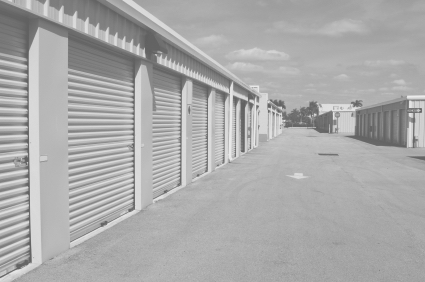Securing Financing for Your Self-Storage Facility: A Practical Guide By Frank Rolfe
Article Featured
When it comes to real estate, securing financing is often the linchpin for a successful deal. But how do you go about obtaining a loan for a self-storage facility? The process may seem complex, but by understanding your options and preparing effectively, you’ll improve your chances of success.
Exploring Financing Options
Self-storage financing comes in several forms, and it’s crucial to know what’s available:
- Bank Loans: These are traditional loans that typically require a 20% down payment and offer five-year terms with full recourse. They usually come with a 25- to 30-year amortization schedule and interest rates around 7% to 9%.
- Seller Financing: A preferred choice for many, seller financing bypasses the costs associated with bank loans—such as points and legal fees. It’s non-recourse, doesn’t involve credit checks, and often closes quickly after inspections. Terms might include interest rates between 5% and 6%, with down payments ranging from 0% to 20%.
- Conduit Loans: Offering ten-year terms and fixed rates around 7% to 8%, conduit loans are non-recourse but come with high upfront legal costs and penalties for early repayment. They are usually available for loans starting at $1.5 million.
- Master Lease with Option: This option allows you to lease the property and execute a turnaround before purchasing it. It’s ideal when the property’s financials aren’t strong enough to justify the seller’s asking price.
- Hard Money Loans: These loans come from non-bank sources, often with high interest rates and short terms. While they can provide quick funding, they come with risks like strict repayment terms and high penalties.
Knowing the different financing options available will help you make informed decisions, just as choosing the right meal from a menu requires understanding all the choices.
Assessing Your Position
Before pursuing a loan, take stock of your financial situation. How much can you put down? What does your credit history look like? And do you have experience managing self-storage facilities? Answering these questions will guide you toward the most appropriate financing option for your circumstances.
Crafting a Compelling Loan Package
A well-prepared loan package can make all the difference. Your presentation should include an overview of the self-storage industry, a compelling case for why the deal is a good one, and detailed information about the property. Lenders will also expect a budget, key assumptions, and photographs of the facility. Essentially, you want to put yourself in the lender’s shoes and create a proposal they can’t refuse.
Working with Brokers
For deals exceeding $1 million, it may be worthwhile to hire a mortgage broker. They will assemble your loan package, approach banks, and present you with financing options. While this adds to your costs, it can streamline the process and increase your chances of securing a favorable loan.
Staying Flexible
In any negotiation, flexibility is key. Whether it’s adjusting to a slightly higher interest rate or accepting a shorter amortization period, being open to compromise can help ensure the deal doesn’t fall through over minor details. Sometimes, the small concessions you make can be the difference between success and failure.
Conclusion
Getting a loan for a self-storage facility doesn’t have to be daunting. By understanding the process, preparing a solid proposal, and staying flexible, you can navigate the financing landscape effectively. More often than not, the biggest obstacle to securing a loan is how well you manage the process.
By Frank Rolfe
Frank Rolfe has been an active self-storage investor for around two decades, with self-storage units in many states throughout the U.S. His nuts and bolts knowledge of what makes for a successful self-storage facility has led to a three-decade career without a single failed property.

